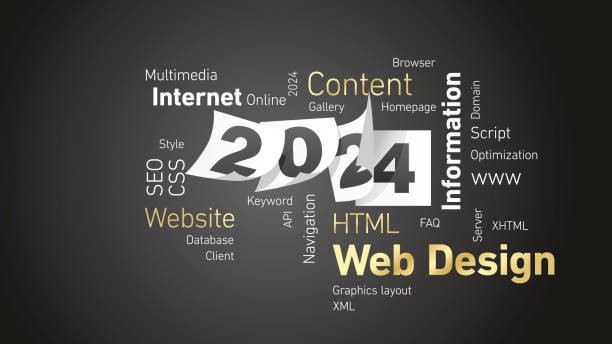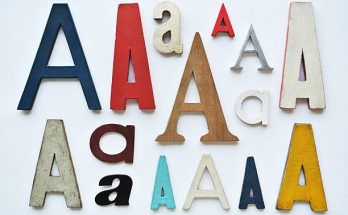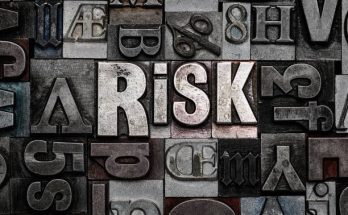Fonts for Web Design: Why It Is Essential That Every Designer Should Know
Fonts for Web Design
Indeed, in the process of developing web sites, fonts are of immense importance in the world where everything changes constantly. While choosing the right font, it will improve the readability, construct the brand image, and lead the users. However, choosing fonts for web design is not the process of picking that which is pleasing to the eye, but what enhances each situation. Starting with the types of fonts right up to realizing how best to combine them, there are certain things that every web designer should pay consideration to.
We are going to look at the concept of fonts for web design as an absolute foundation of every design, ranging from the basics, tips, and tricks to the most crucial information any designer would require to create a well-designed website that would be both aesthetic and easy to navigate.
It seems that considering alphabets and their types, or fonts, is as important in creating a website as the content itself.
Think about it: A luxury fashion brand may decide to use thin, smooth fonts as they relate luxury to the smoothness of those fonts, while a children’s toy website may go for big, round fonts to give the website a playful nature.
The Basics of Fonts for Web Design
To be an effective full designer entails having a clear understanding of the forms of fonts in the market. Here’s a quick overview:
Serif Fonts:
Serif fonts have small lines like feet marks at the downright corners of the letters, like the one you see in Times New Roman. They are generally perceived as traditional or formal, thus good for brands that would wish to portray tradition or trust aspects.
Sans-Serif Fonts:
The main idea of sans-serif fonts is clear; they do not have decorative strokes and, therefore, look fresh and moderate. Some of the most well-known sans-serif fonts are Arial and Helvetica. These are frequently utilized in interfaces since typeface that is readable on screens is relatively large.
Script Fonts:
Cursive fonts are used to imitate handwriting and, for this purpose, can make texts look more unique or classy. But they are most effective when used sparingly because they’re difficult to read when used in large blocks of text.
Display Fonts:
These are very ornamental and most appropriate for titles or headers and not for text content on the webpage. It can put an individual color in the design, but should be used carefully.
All of the fonts described above serve different purposes in website design, and knowing what is appropriate can mean the difference.
If one cannot master typesetting in web design, he or she will be better off using only the best fonts in their projects.
Prioritize Readability
Ease of comprehension should be considered in selecting fonts for web design. Sometimes, fancy or a font that is hard to read may be used in the preparation of visual aids; this may cause unnecessary complications for the user. It is also advisable to select sober fonts for body text; this may be the sans-serif type that is pleasing to look at and easy to read on any device’s screen. Heading fonts can be more specific and interesting, but their font type should not be hard to read at first sight.
Limit the Number of Fonts
An example of why it’s important not to use too many different fonts in web design is that it will make the site look messy. Keep the number of font types to between two and three—one for headers, another one for the rest of the text, and, at most, a third for emphasis. Correct utilization of fonts on a particular website makes the work uniform, and the appearance of the website is pleasing.
Utilize Font Hierarchy
It will be important to point out that font hierarchy should be employed in order to lead the users along the content. That is why font variety such as size, weight, and style can be utilized to delineate an intuitive separation of content. For instance, heading styles should be big and heavy, and in contrast, the content styles should be small and less heavy. Indeed, this was done in a manner that guides the users’ focus and enhances the navigation experience.
Consider Font Pairing
Pairing Fonts for Web Design means the process of putting two or more fonts in a context where these fonts will harmonize. One is to use a serif typeface for titles, ensuring the time-tested look, while the other may be a sans-serif typeface for the content, which will be popular and contemporary. When choosing two fonts to work together, always remember to make at least one of the font weights contrast, yet its overall tone should remain similar to the other.
The four areas that require proper care are body text line spacing and cases, figure and table-related body text line spacing and cases, letter spacing, and figure-related body text line spacing and cases.
When specifying body text, the line spacing (leading) should be sufficient in order to make text clear. Kerning should also be well chosen because if the text is too close together, then the letters will be crowded, and if it is set to spread out, then the letters will be apart.
Responsive Fonts for Web Design
The use of browsing through the internet through mobile devices makes the use of responsive fonts more relevant. Themes vary, and they are able to adapt to different screens depending on the size, hence being more responsive than fixed fonts. It is convenient to use em, rem, and vw, CSS units that make font size more flexible and allow users to read the text on both their phones and laptops.
How to Experiment with Fonts for Web Design
Earlier I mentioned that one of the major areas of the future of web design is experimentation with fonts, which means that the designer needs to experiment and find out what combination and what style work best for them. Let’s look at all the tools that exist for finding fonts and their combinations: Google Fonts, Adobe Fonts, and Fontjoy fit right in this list. Some also have special options of ‘Accessibility’ to assist in selecting readable and good-looking fonts for your documents.
Conclusion
Fonts do not only serve as a graphic element in the looks of the web page—it is more than that and can have a significant impact. The designers can construct visually appealing and successfully navigated web sites by choosing the fonts with consideration and conjunction, generating the fonts’ hierarchy, and making the texts easily readable. The concept of call font in web design, being functional, aesthetic, accessible, and responsive, offers a functional and effective site design.
Deciding on the right fonts for web design is not simply a question of appearances; it involves form and operation. It just means that by adhering to these fundamental concepts, designers can make better decisions concerning their work and hence ensure that visitors are held more in online environments.
FAQs
The best font size with web design is?
There should be enough space in the body text to achieve a level of readability that most screens can comprehend, which stands at 16-18px. But, font size can continue with the font, the size of the screen, and the preferences of the users.
The web design can incorporate any font type?
Yes, in terms of using font types that are allowed in HTML 4.01, but to maximize loading as well as to avoid issues with possible viruses, access Google Fonts or Adobe Fonts, for example.




